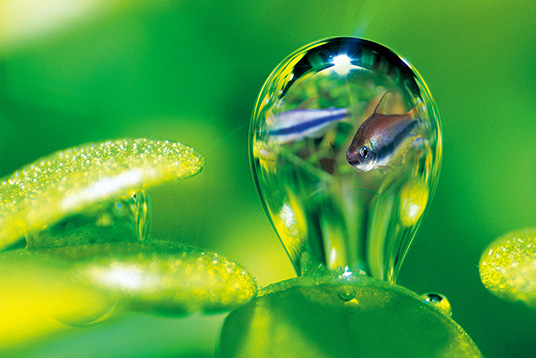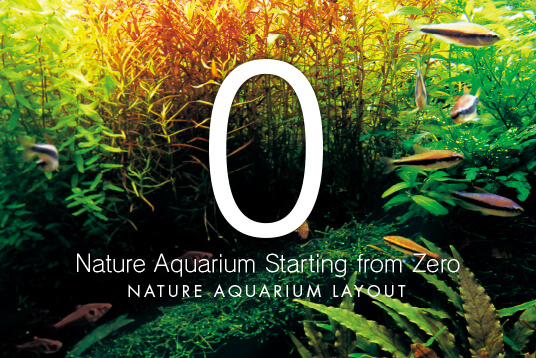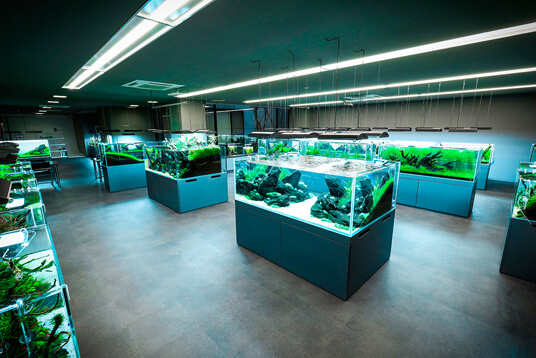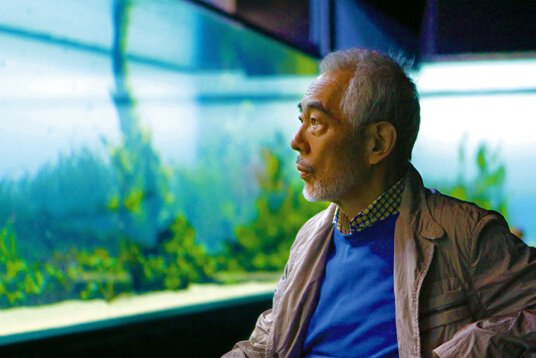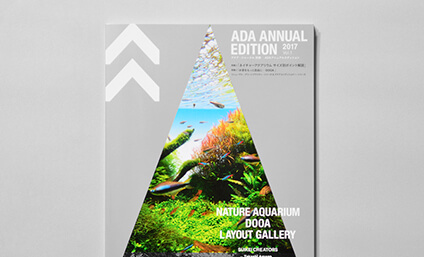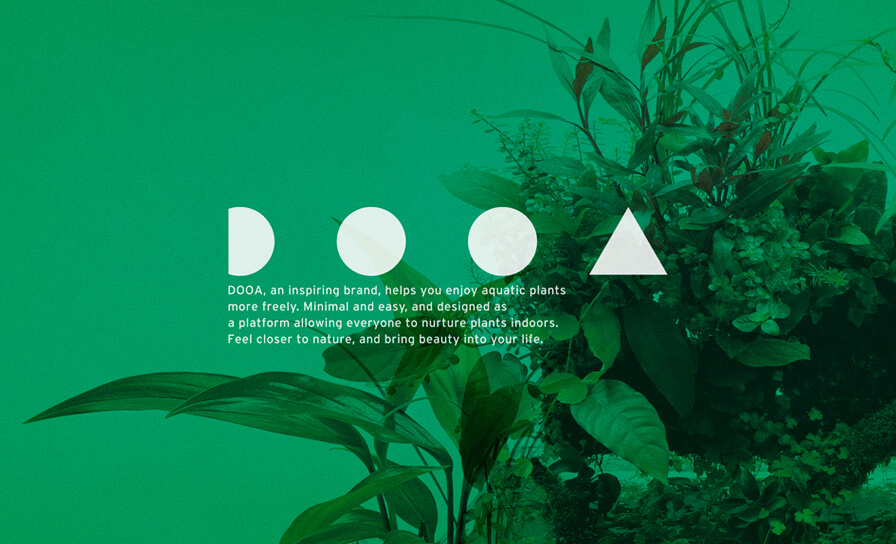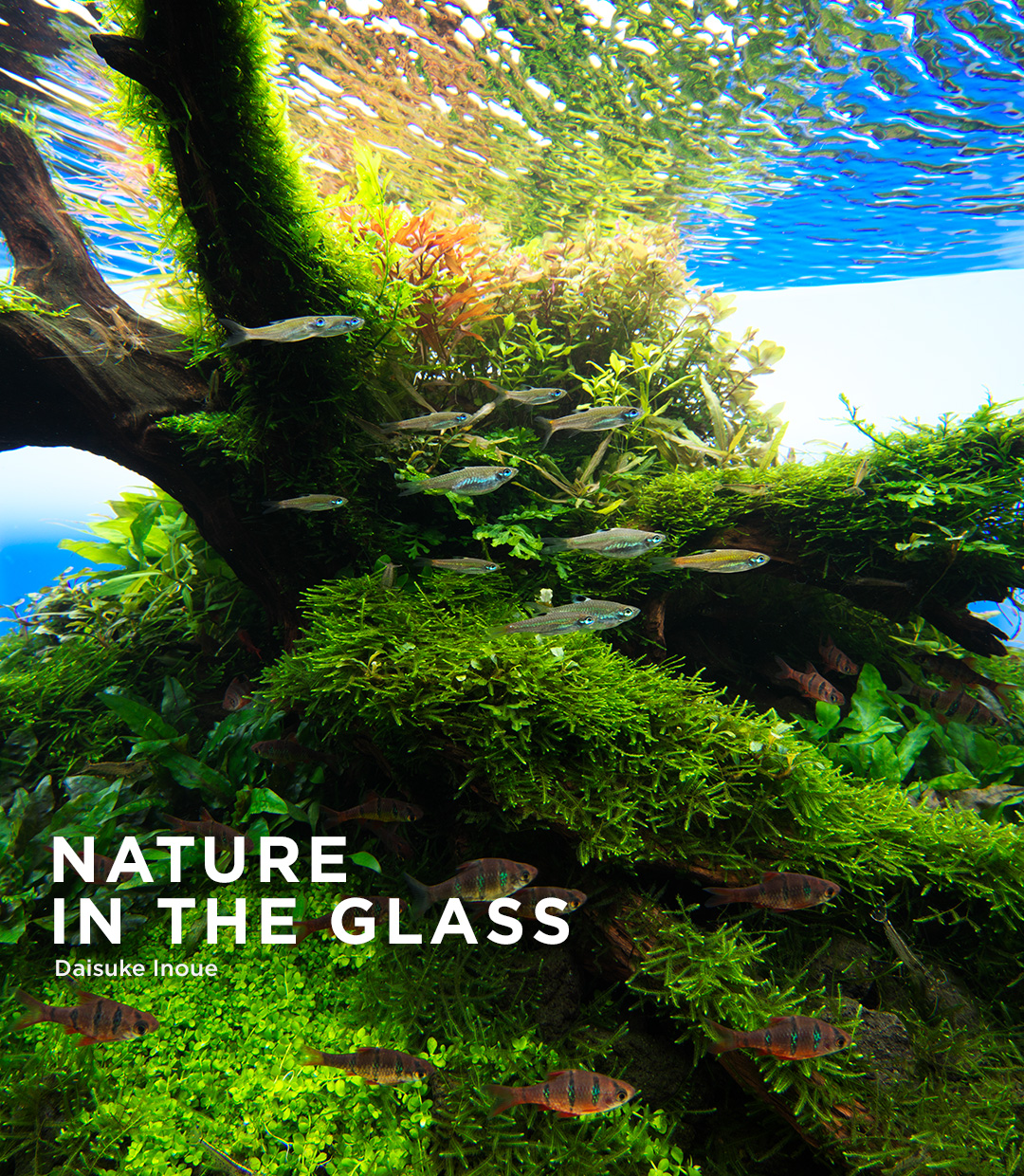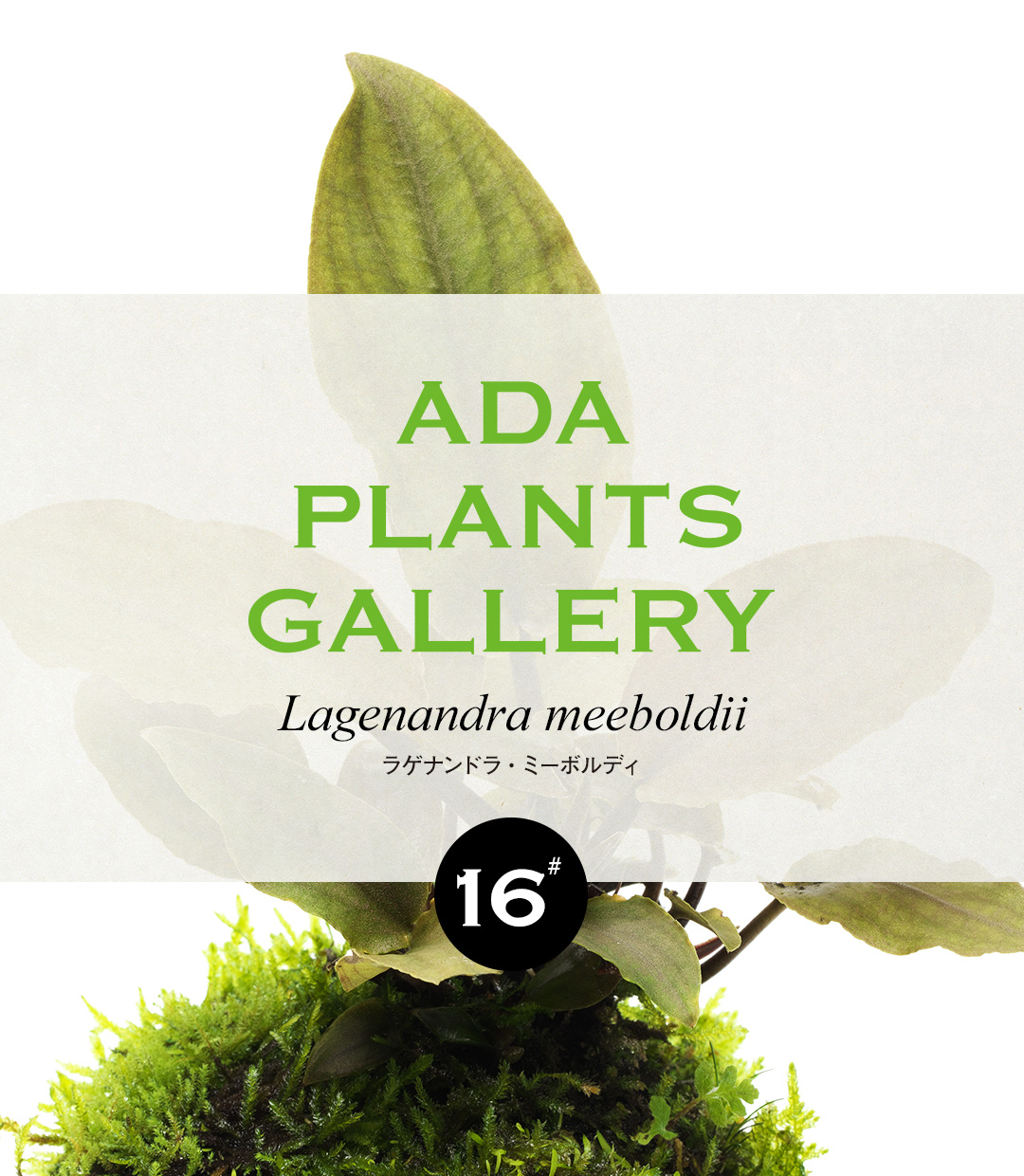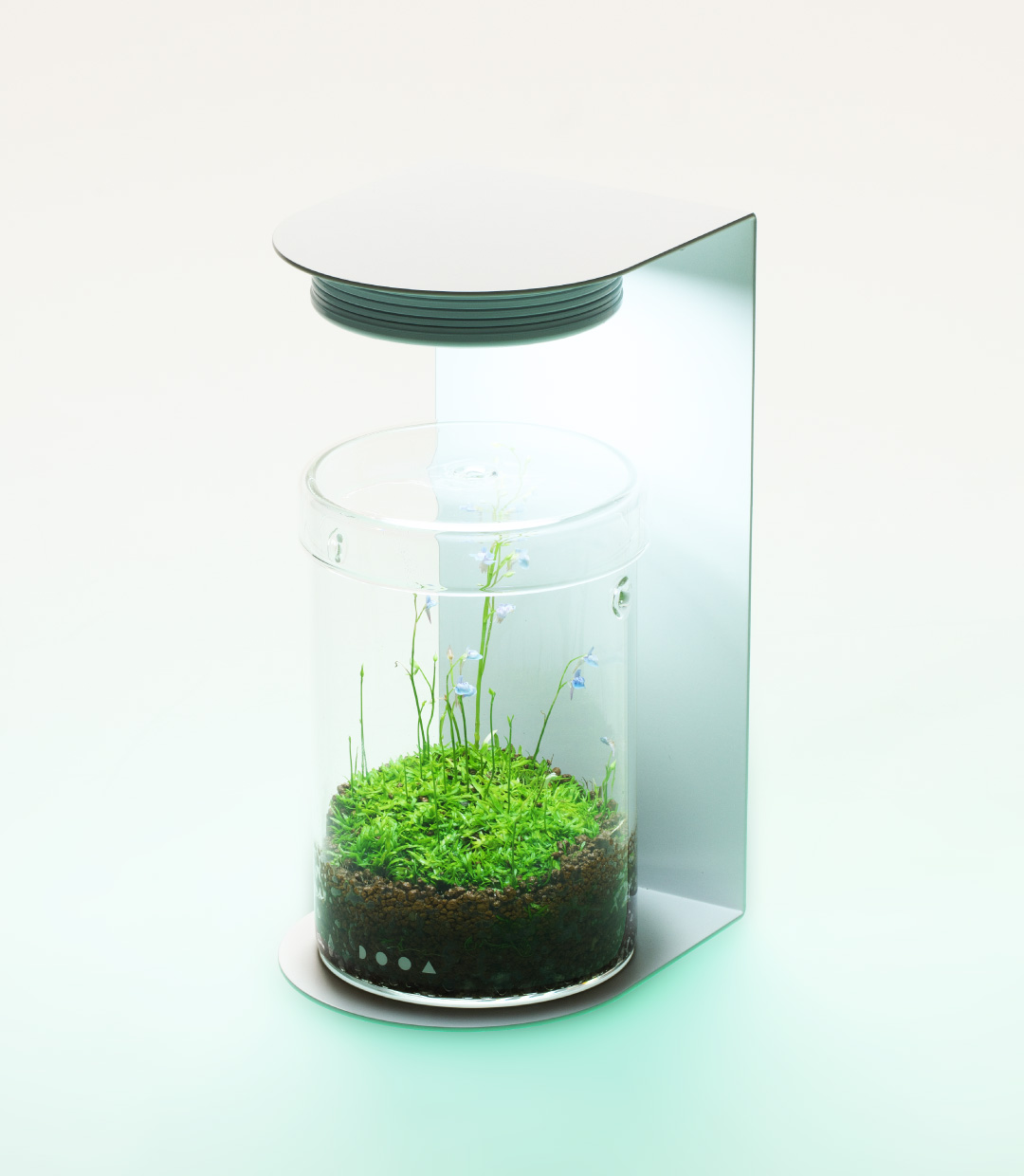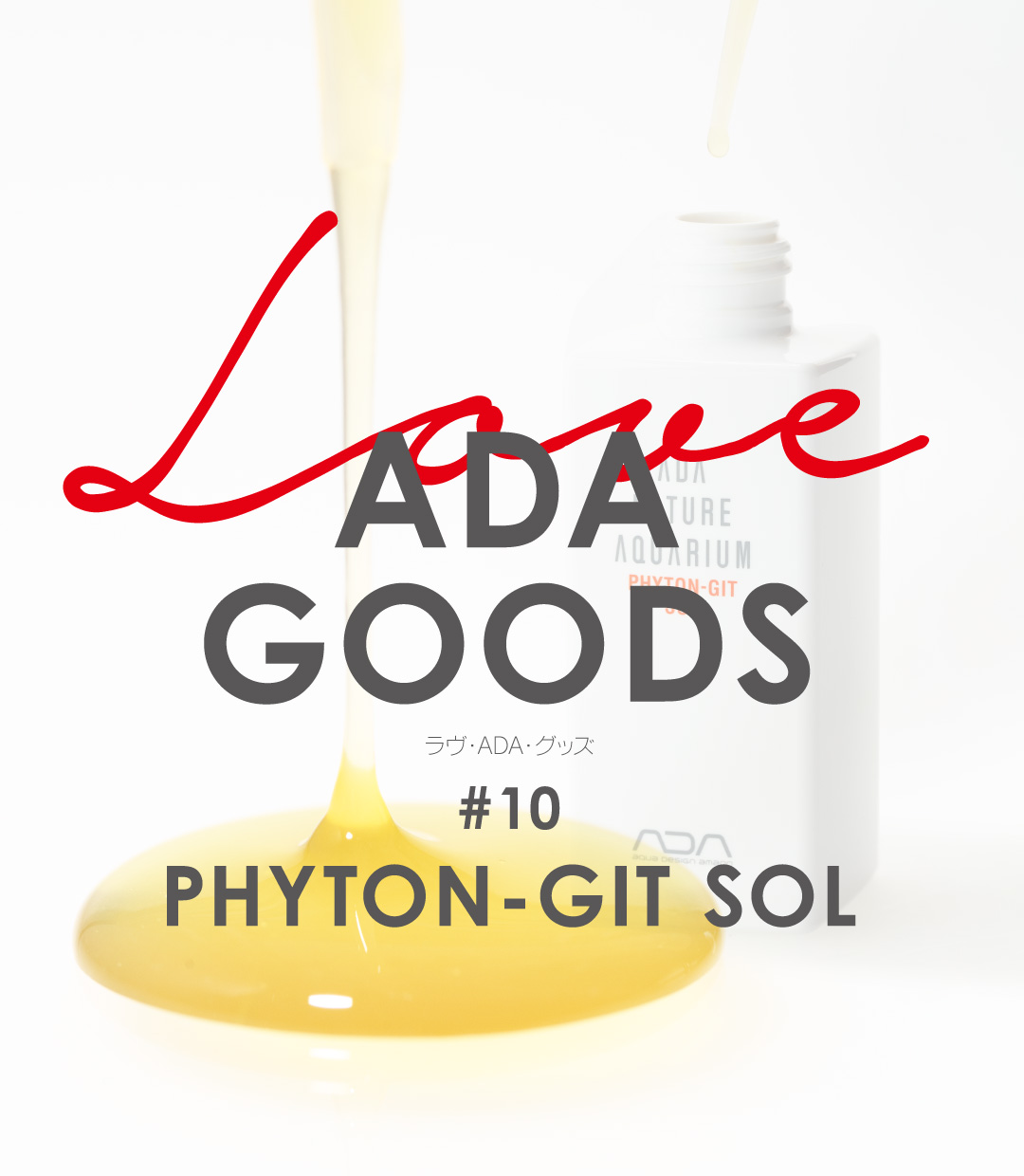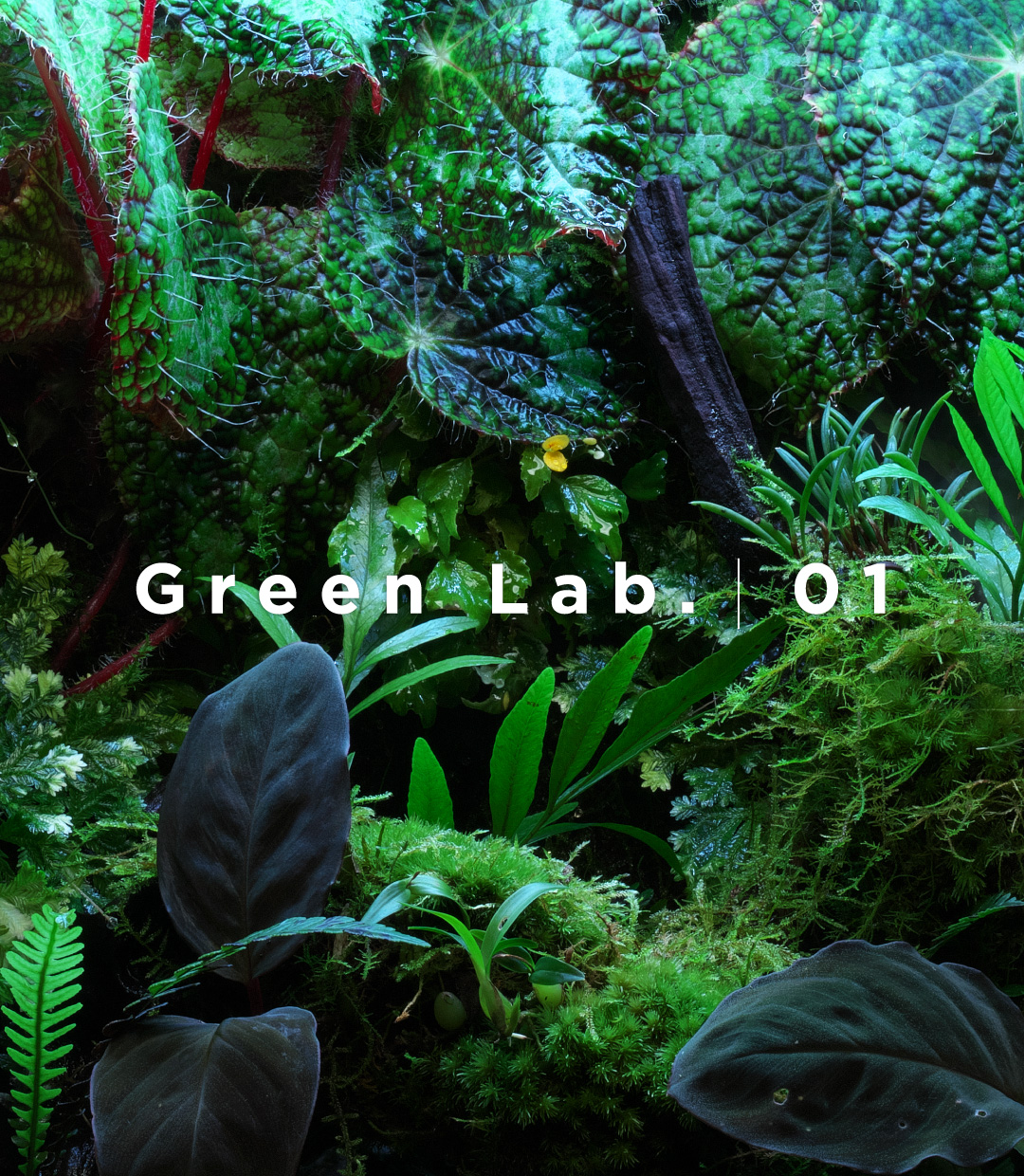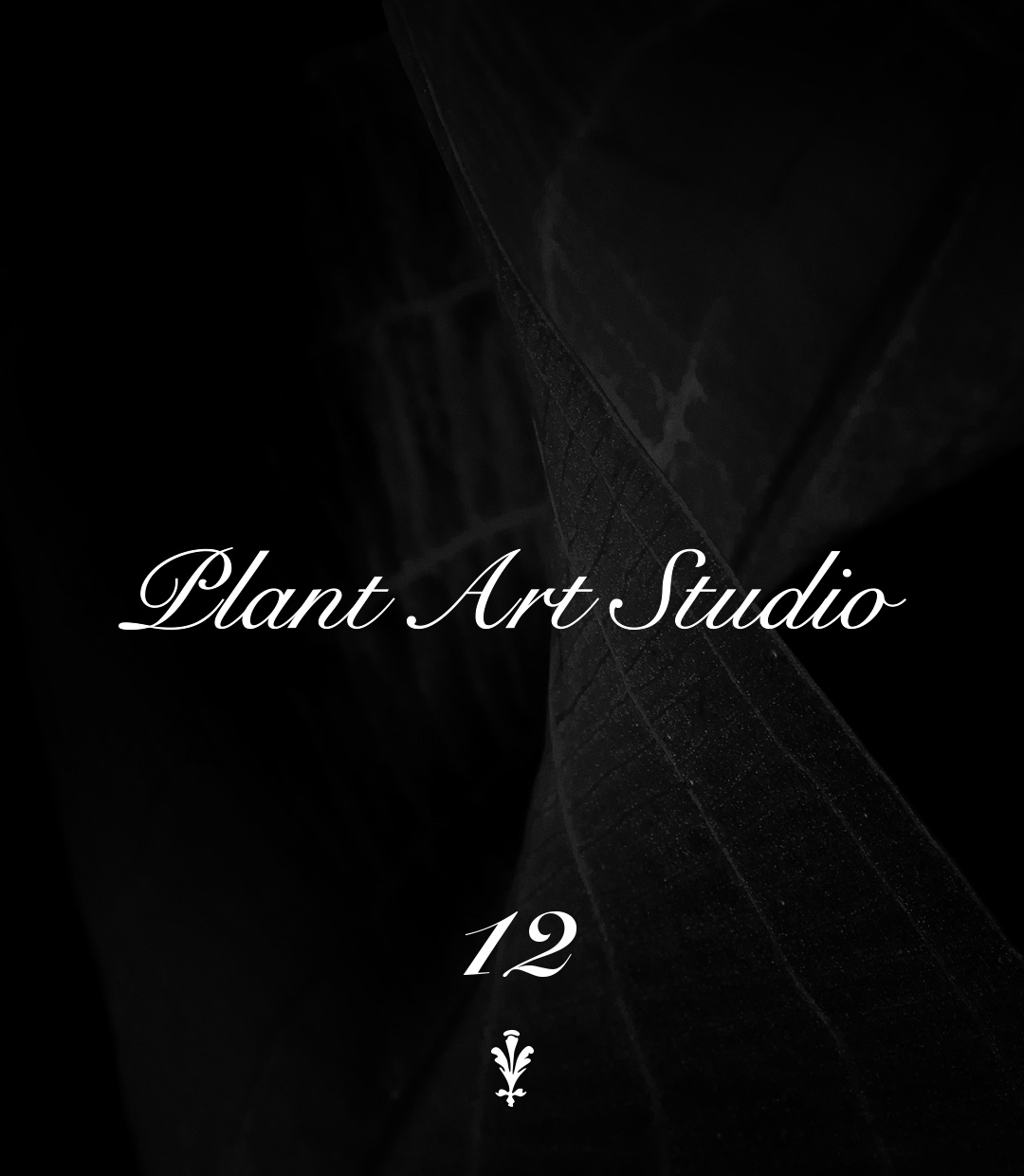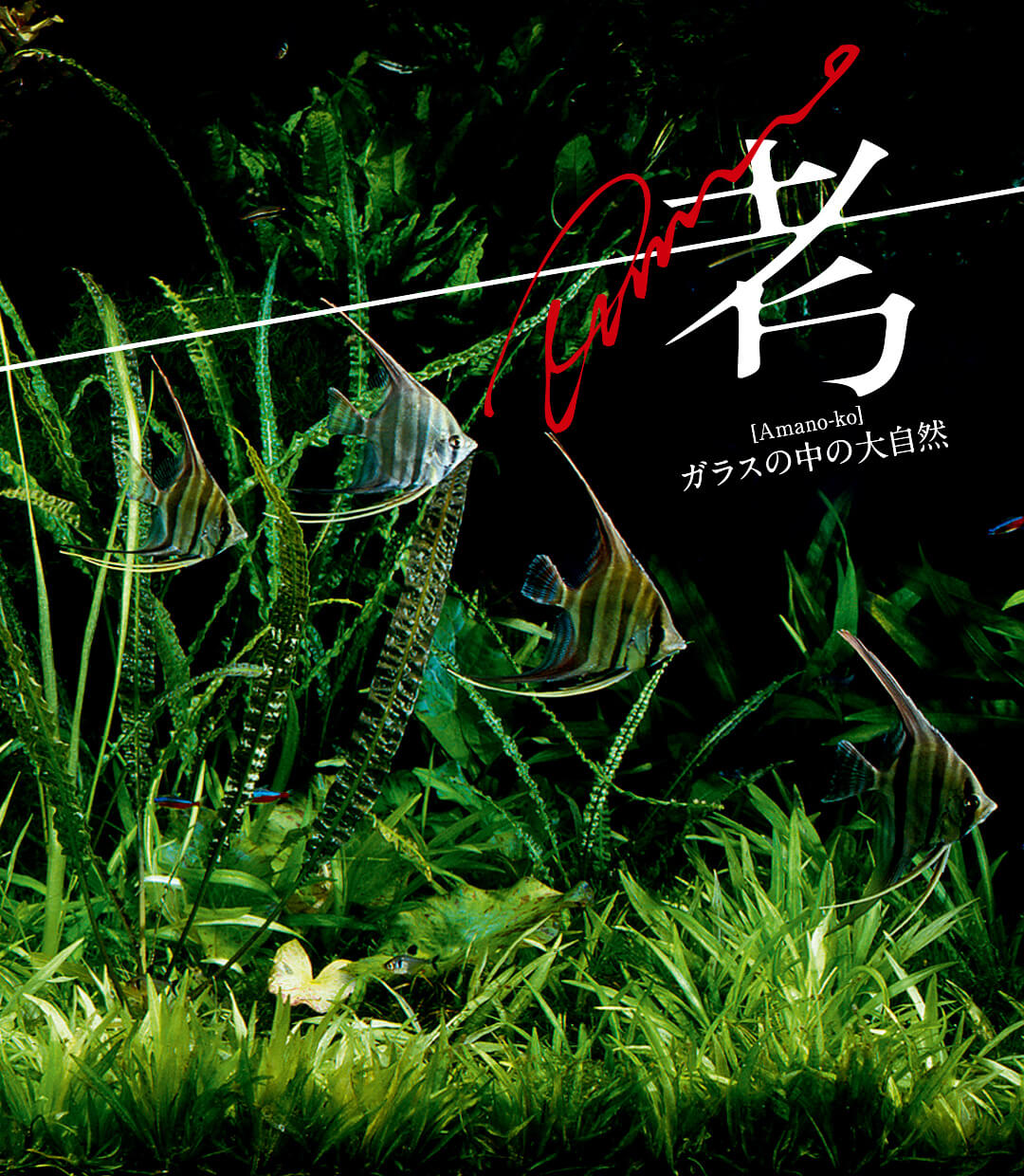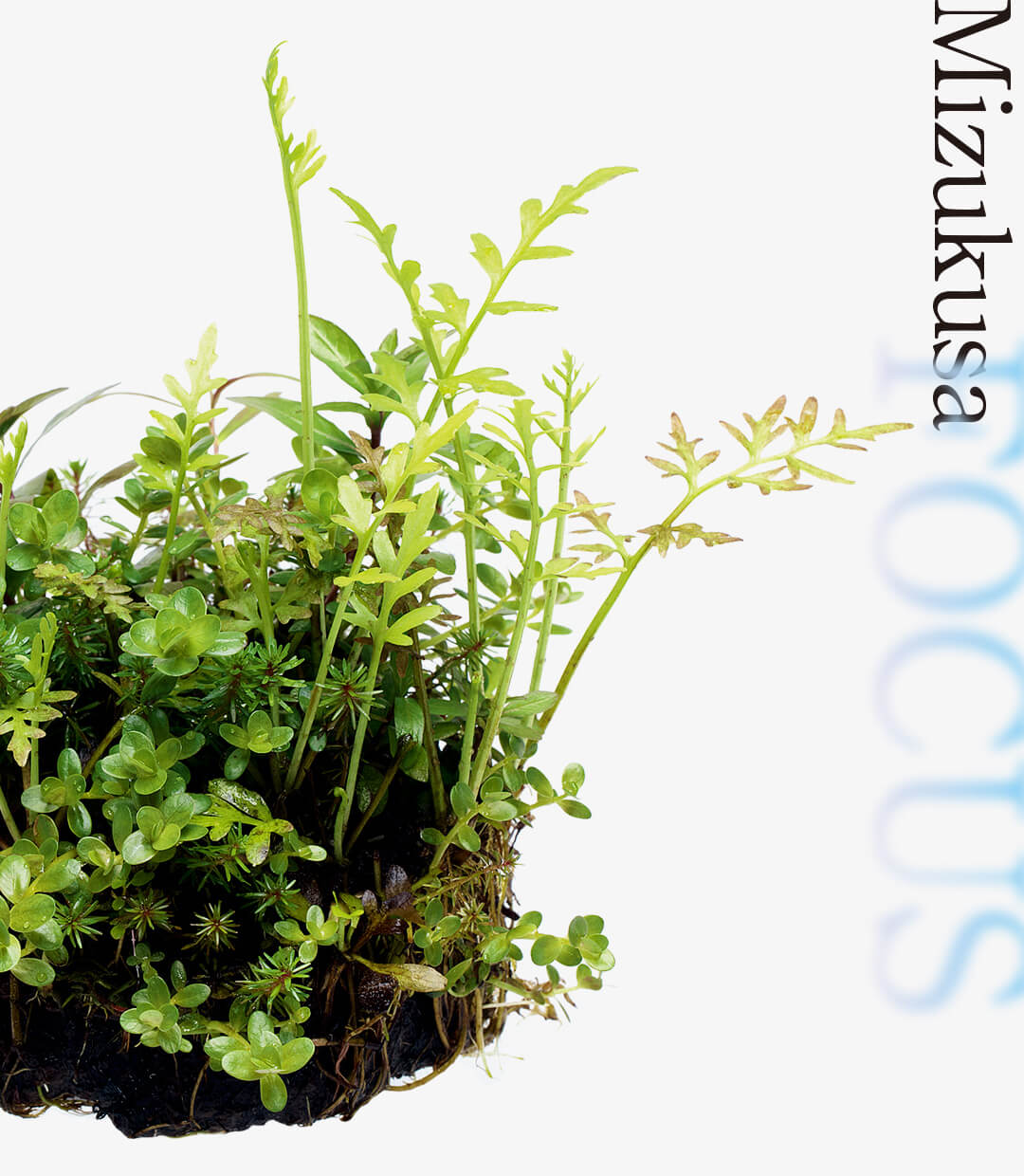ADA PLANTS GALLERY #16 Lagenandra meeboldii
ADA’s Research and Development Department, called the Green Lab, develops a wide variety of greenery products. In this article, we would like to share with you some interesting bits of trivia about the plants produced in the lab, and a part of their true nature we see from time to time.
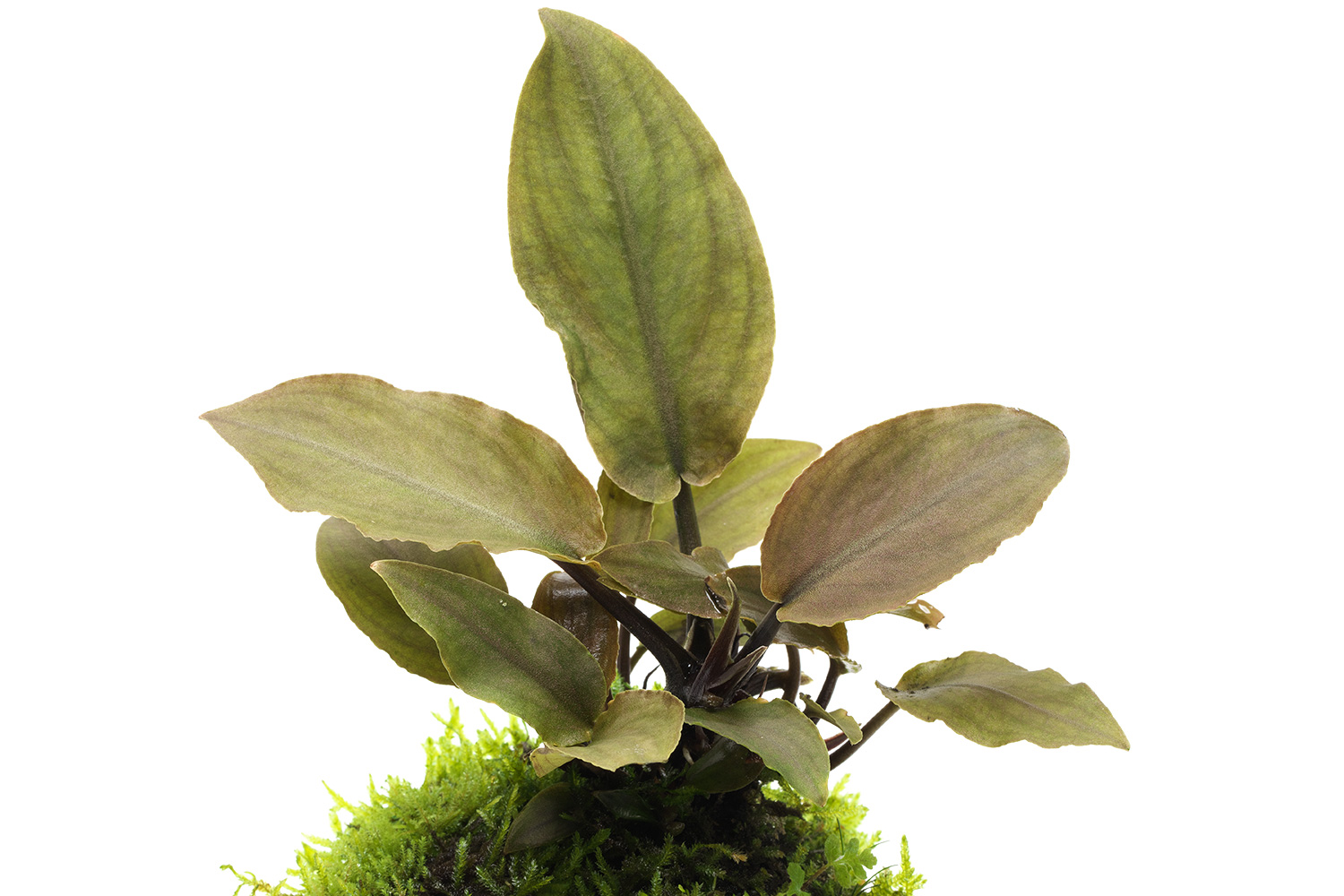
Enjoying the charm of Lagenandra meeboldii in a glass container
Lagenandra meeboldii is found in southwestern India, where it prefers to form colonies in muddy soil mixed with sand and gravel along riverbanks. There are several leaf shapes. The characteristic plump spathes and the long tail are a must-see. As a shortcut to flowering, start with the “Wabi-Kusa Lagenandra MIX” or Jungle Plants series with good rooting. We recommend growing them in a glass container with “Neo Glass Air”, which can keep a humid environment.
Lagenandra meeboldii is found in southwestern India, where it prefers to form colonies in muddy soil mixed with sand and gravel along riverbanks. There are several leaf shapes. The characteristic plump spathes and the long tail are a must-see. As a shortcut to flowering, start with the “Wabi-Kusa Lagenandra MIX” or Jungle Plants series with good rooting. We recommend growing them in a glass container with “Neo Glass Air”, which can keep a humid environment.
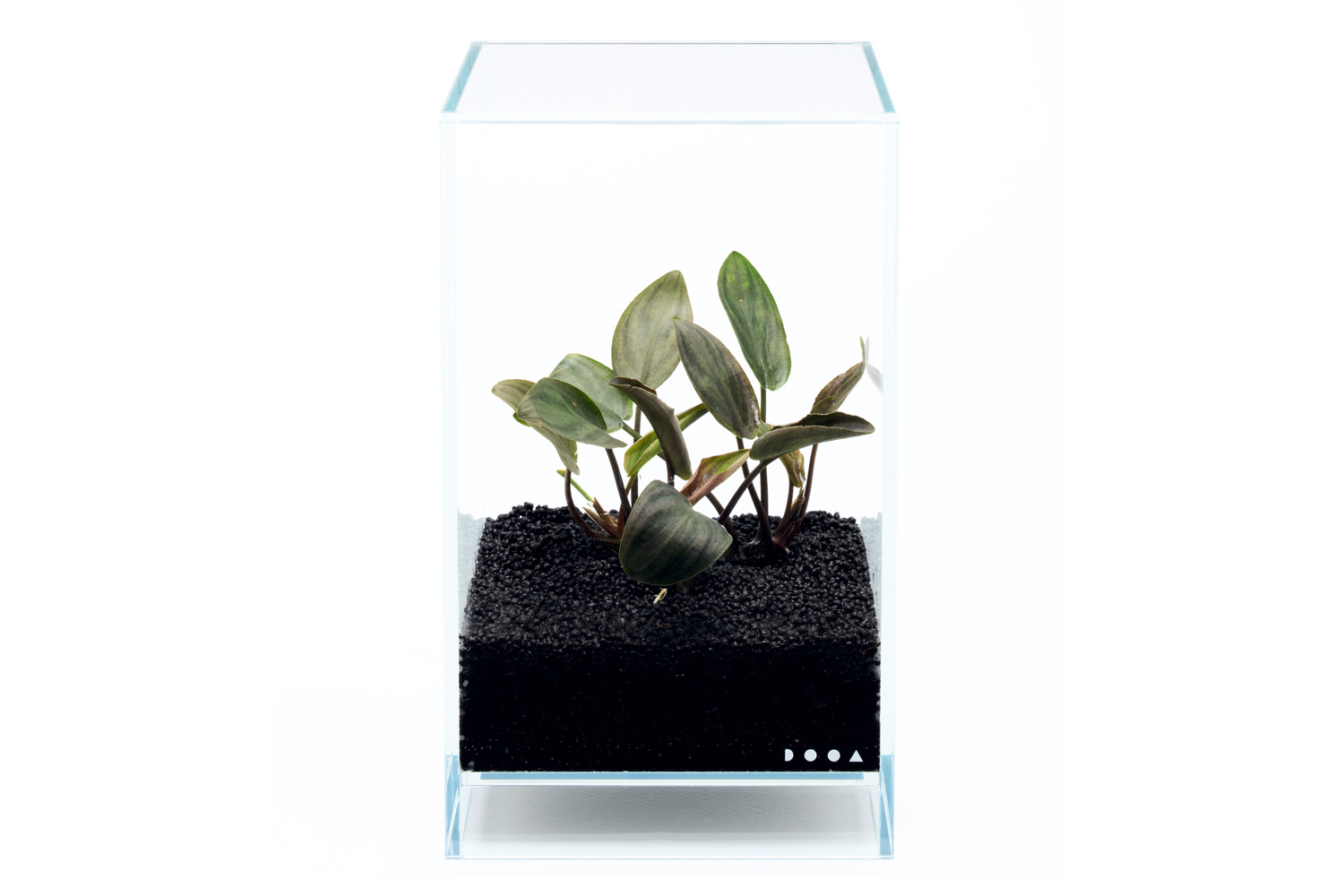
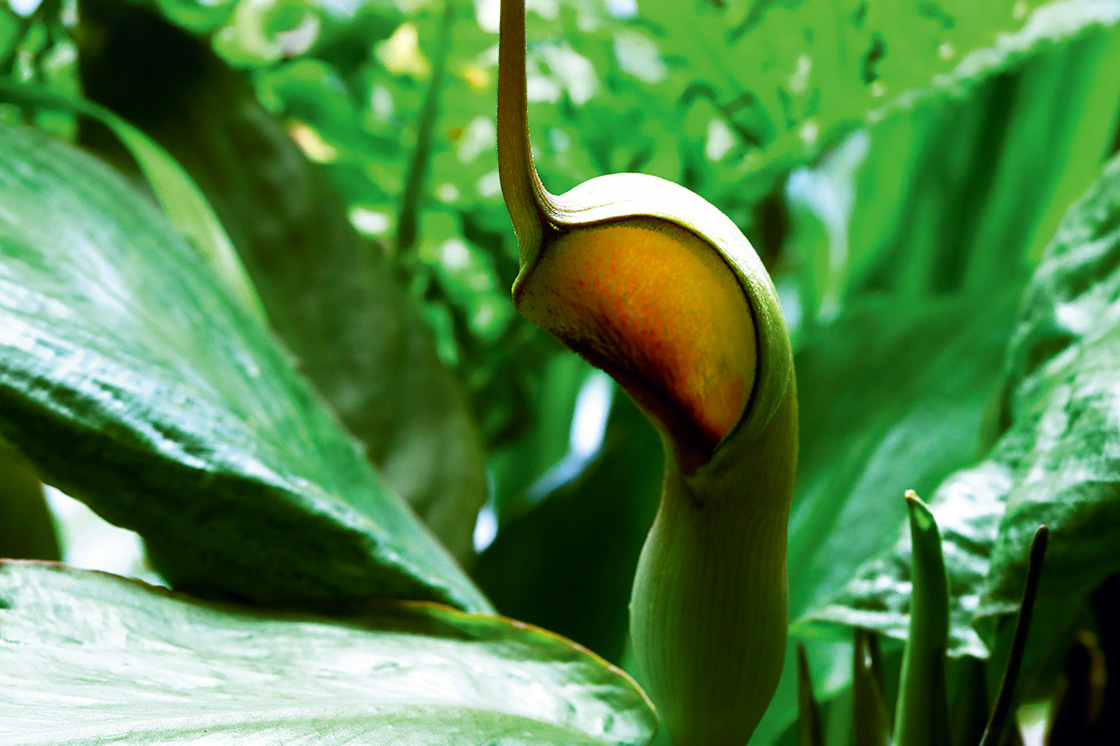
Looking soft underwater
This species can also be grown underwater, especially the L. meeboldii ‘Red’, L. meeboldii ‘Green’, L. meeboldii ‘Vinay Chandra’, and L. meeboldii ‘Kerala’ types, which are easy to incorporate into a layout. The submersed leaves are soft and the surface color gradates beautifully depending on the angle of view. Mature plants grow to a height of 20 cm or more, but “BIO MIZUKUSA NO MORI” can grow slowly from small plants. When planting, be careful not to damage the roots and rhizomes.
This species can also be grown underwater, especially the L. meeboldii ‘Red’, L. meeboldii ‘Green’, L. meeboldii ‘Vinay Chandra’, and L. meeboldii ‘Kerala’ types, which are easy to incorporate into a layout. The submersed leaves are soft and the surface color gradates beautifully depending on the angle of view. Mature plants grow to a height of 20 cm or more, but “BIO MIZUKUSA NO MORI” can grow slowly from small plants. When planting, be careful not to damage the roots and rhizomes.
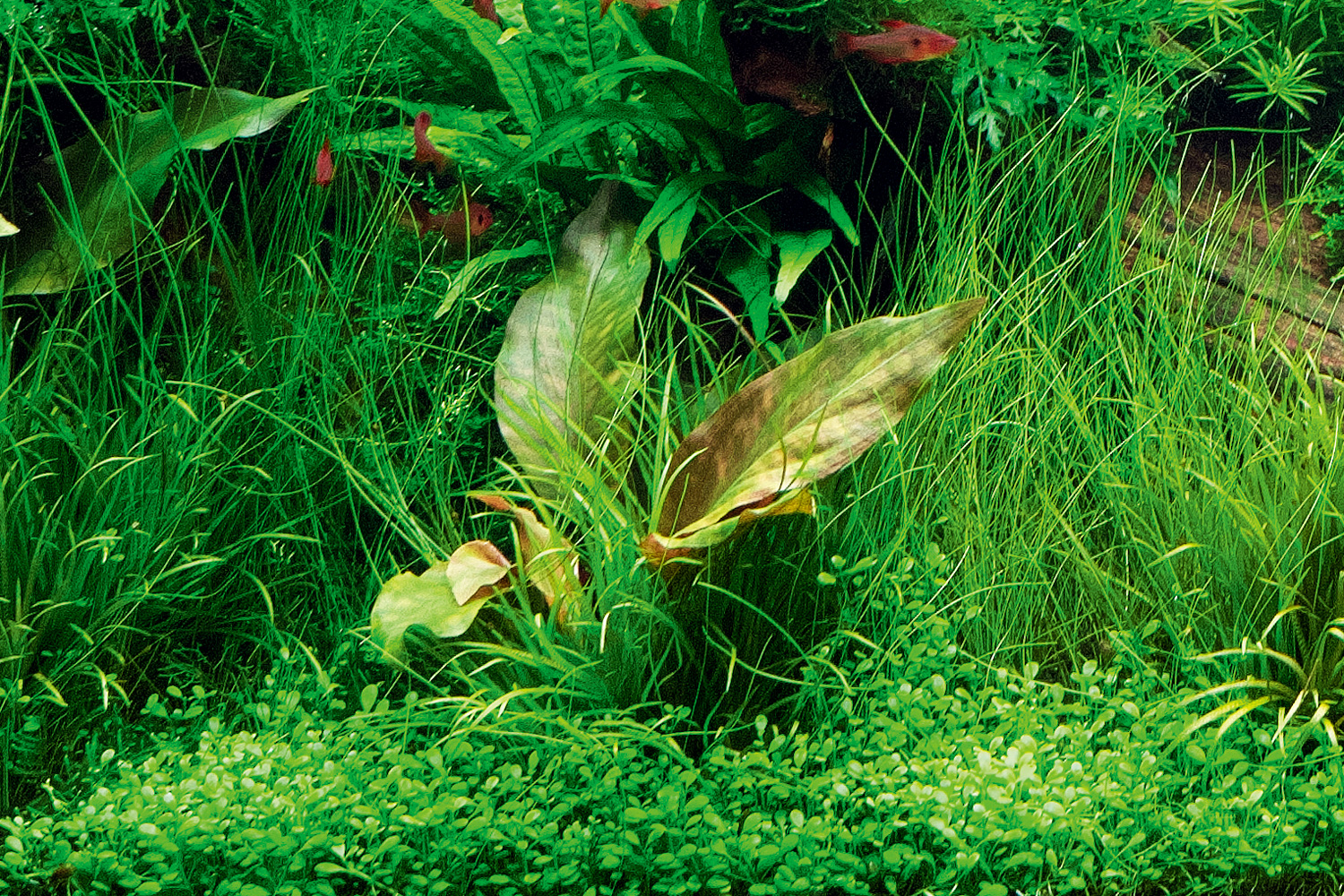
Lagenandra meeboldii will be hot from now on!?
One of the most attractive features of Lagenandra meeboldii is the wide variety of leaf colors and patterns. Depending on the region, the leaf shape can be ovate to long-ovate or long-oval, with a variety of colors and patterns, and there are glittery silver and pink. Hybridization under cultivation seems to be underway in some areas, and it is one of the aquatic plants that will continue to attract attention in the future. We hope that this aquatic plant will be widely loved for a long time like Echinodorus and Anubias, based on the trade with propagated plants without putting pressure on the precious native habitat.
Introducing Lagenandra meeboldii growing in the Green Lab.
*Adjustments are underway to achieve stable production.
One of the most attractive features of Lagenandra meeboldii is the wide variety of leaf colors and patterns. Depending on the region, the leaf shape can be ovate to long-ovate or long-oval, with a variety of colors and patterns, and there are glittery silver and pink. Hybridization under cultivation seems to be underway in some areas, and it is one of the aquatic plants that will continue to attract attention in the future. We hope that this aquatic plant will be widely loved for a long time like Echinodorus and Anubias, based on the trade with propagated plants without putting pressure on the precious native habitat.
Introducing Lagenandra meeboldii growing in the Green Lab.
*Adjustments are underway to achieve stable production.
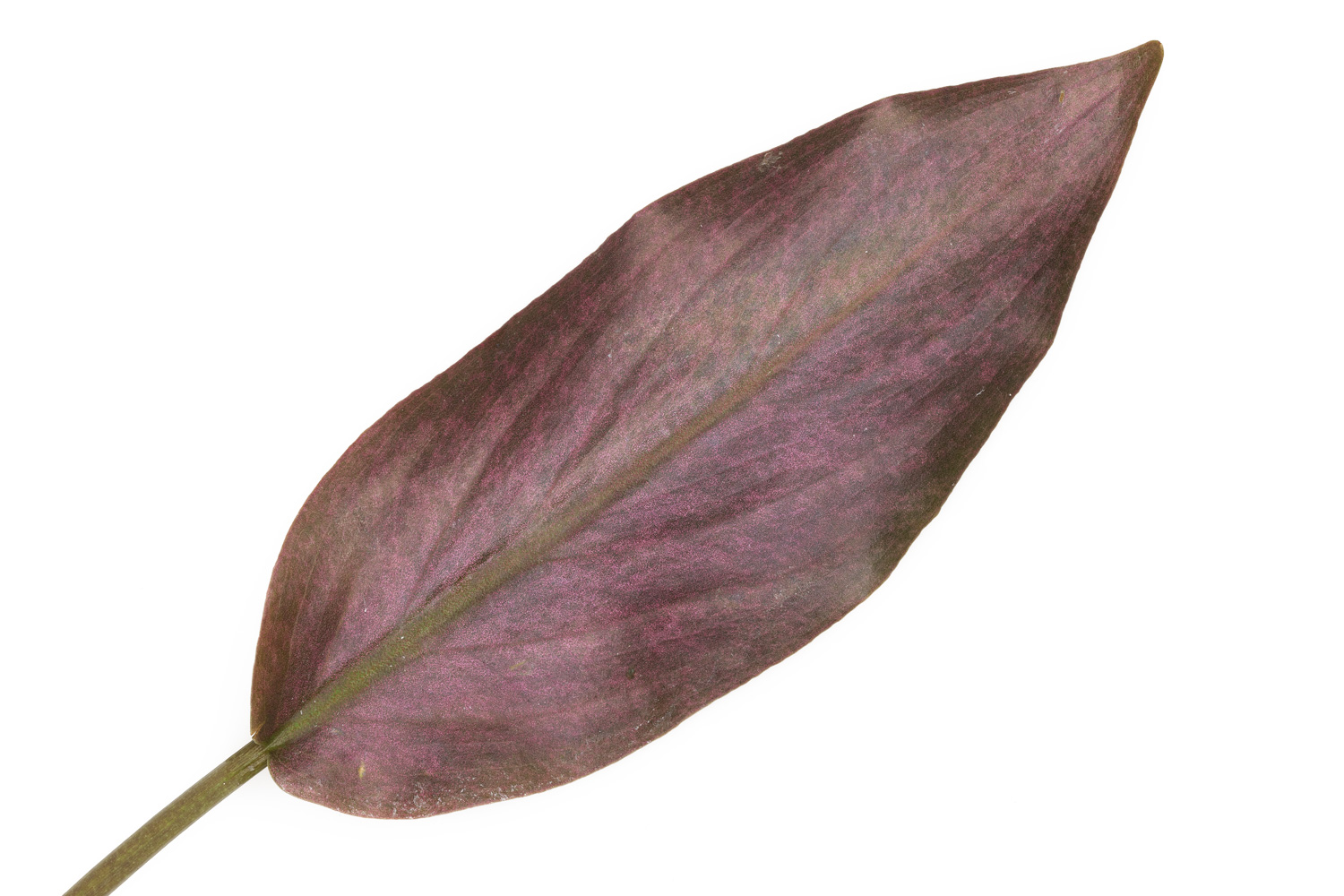
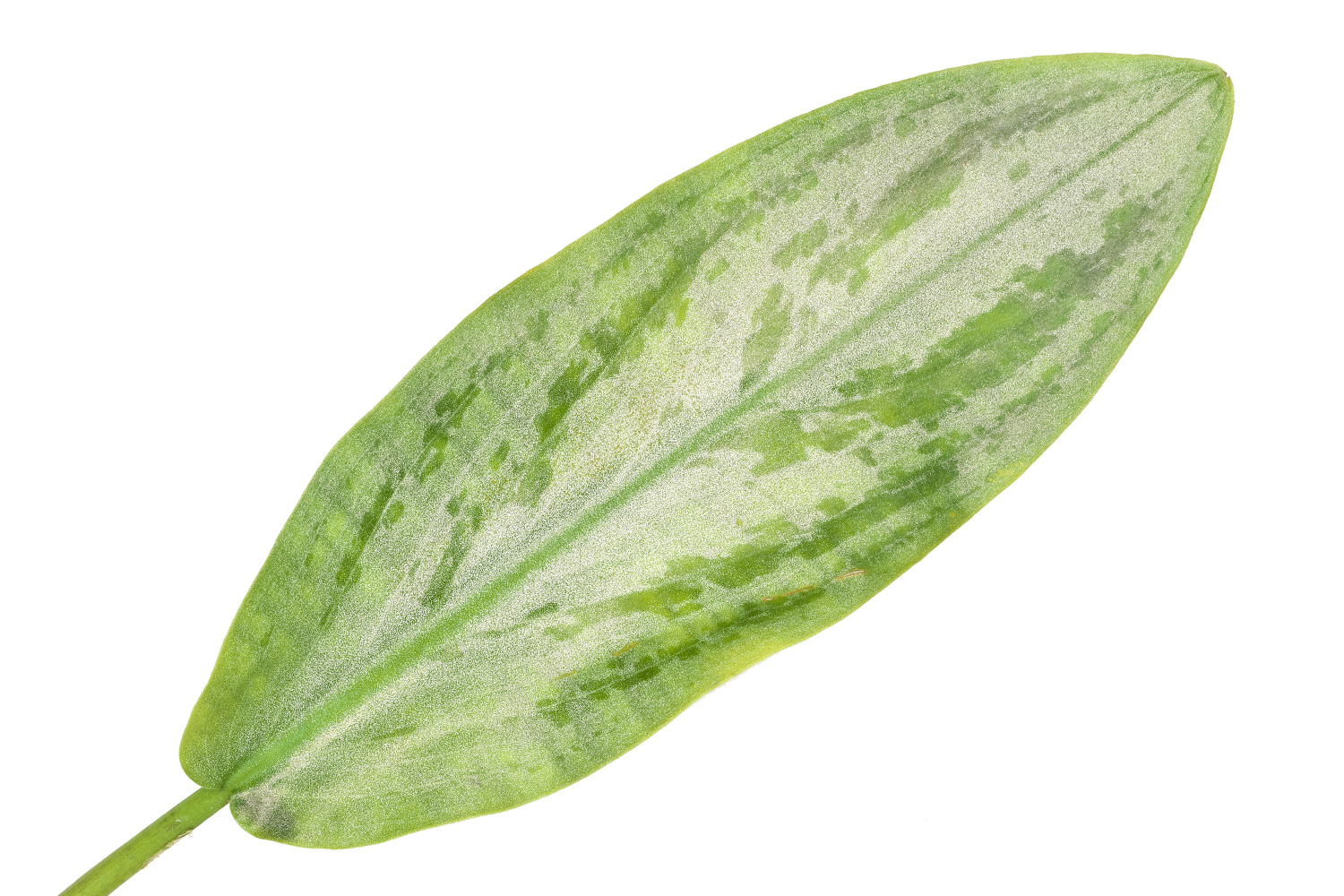
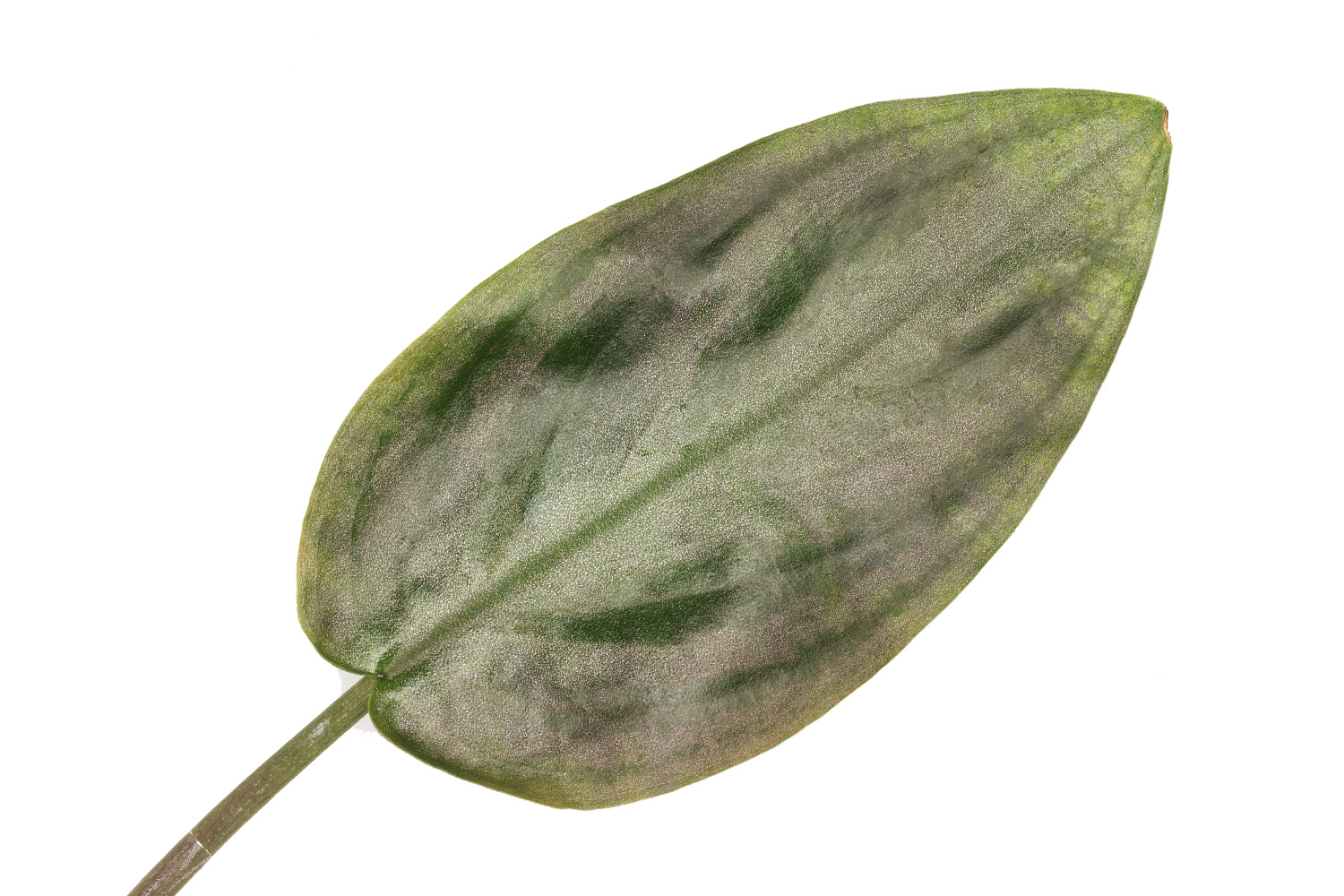
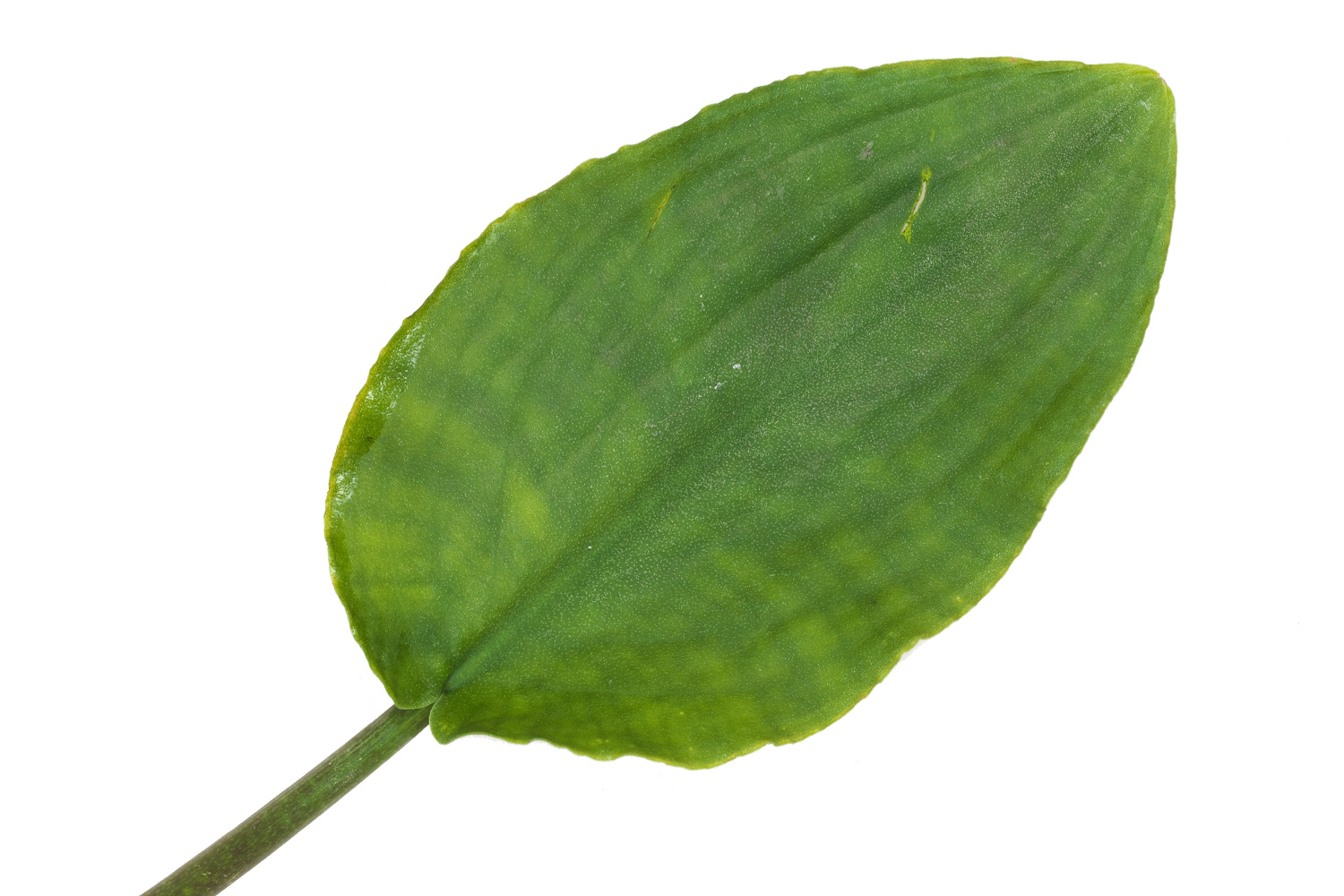
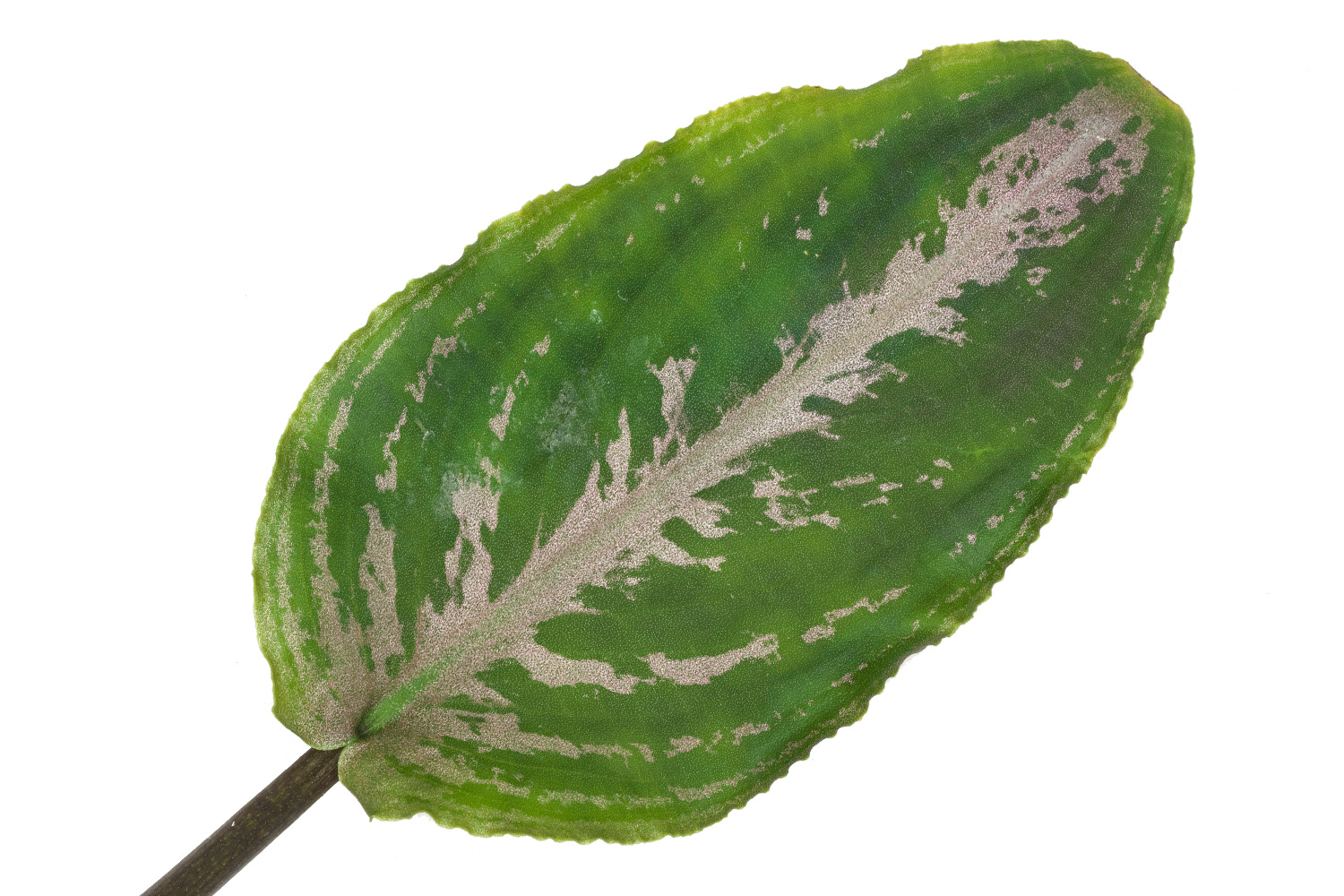
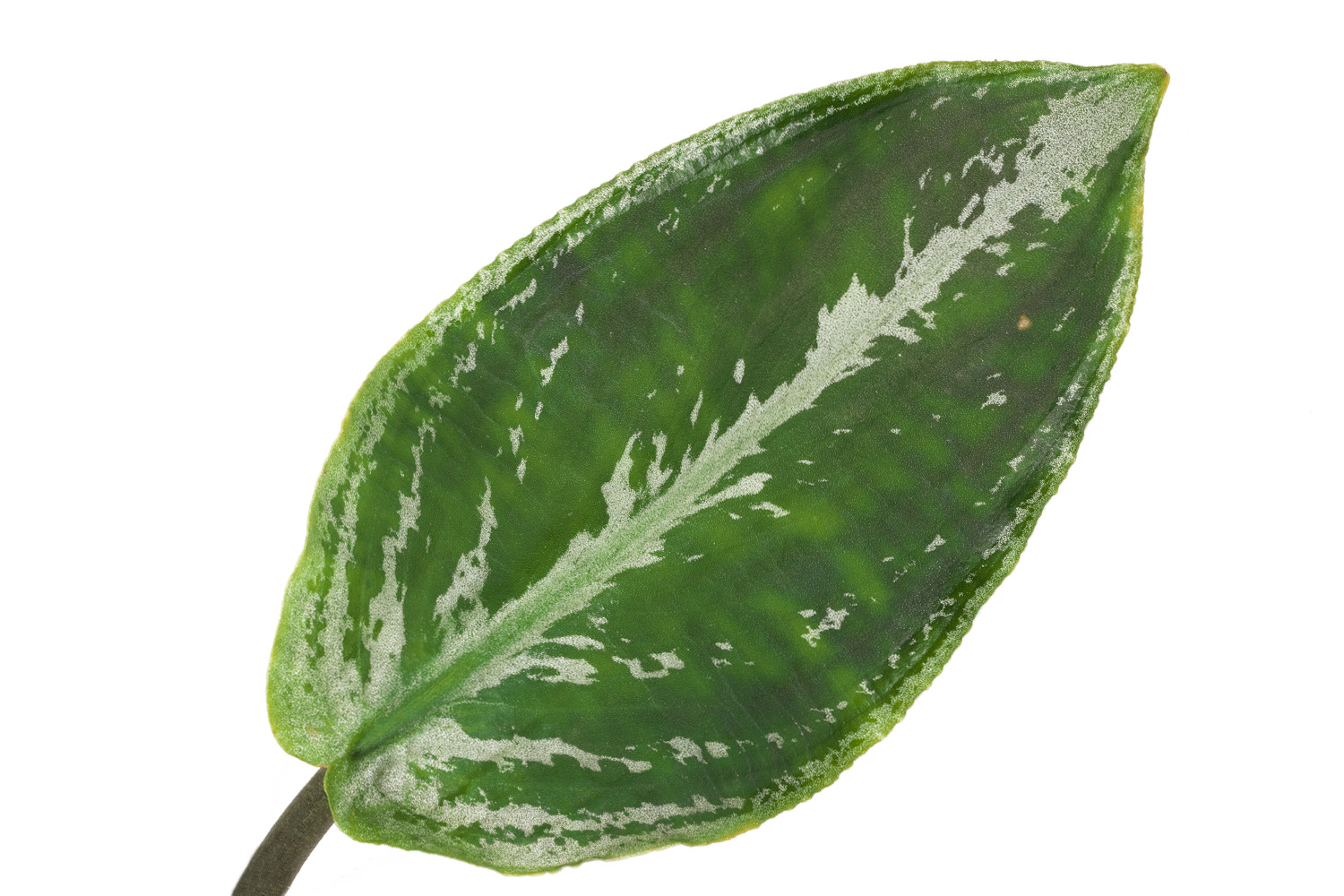
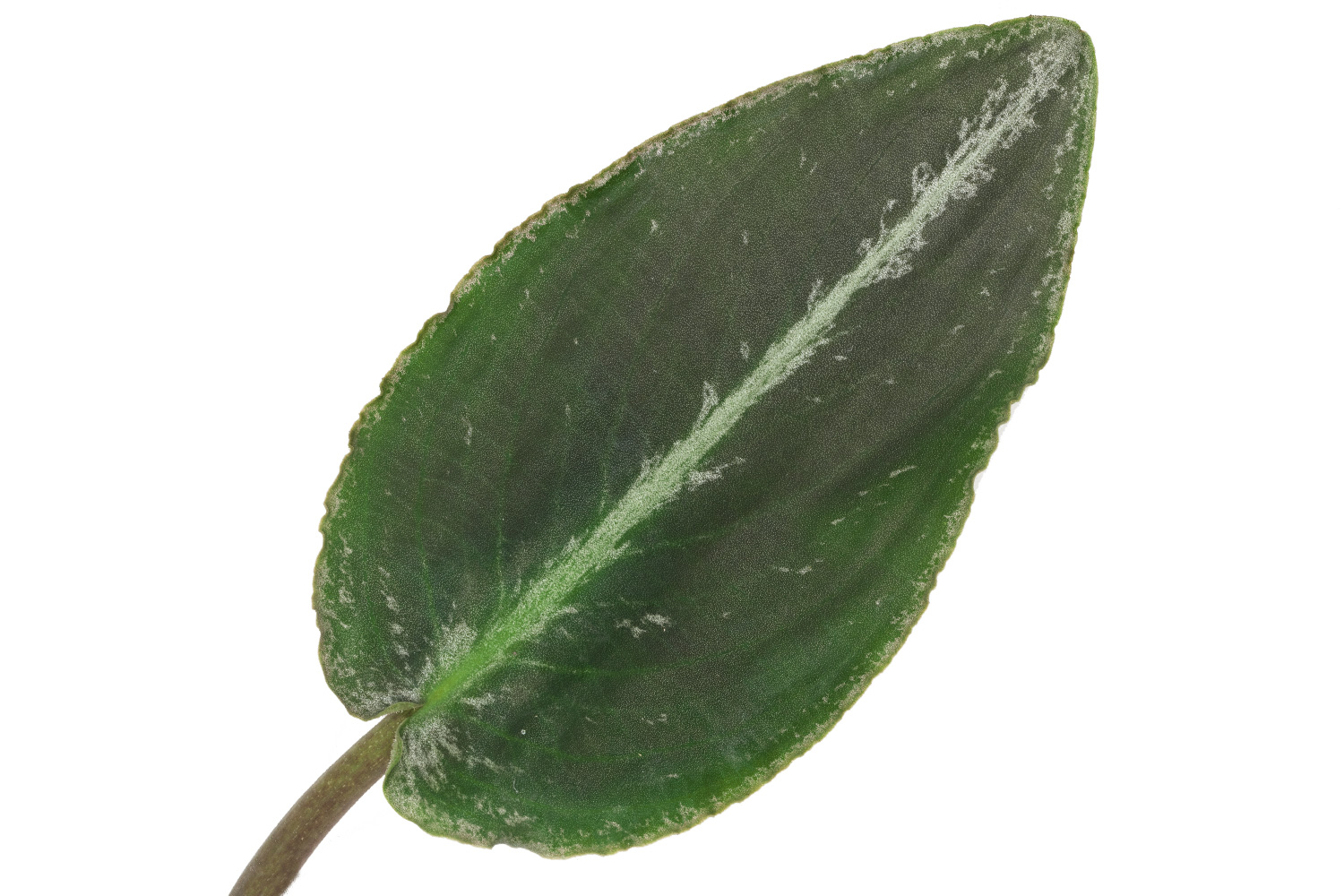
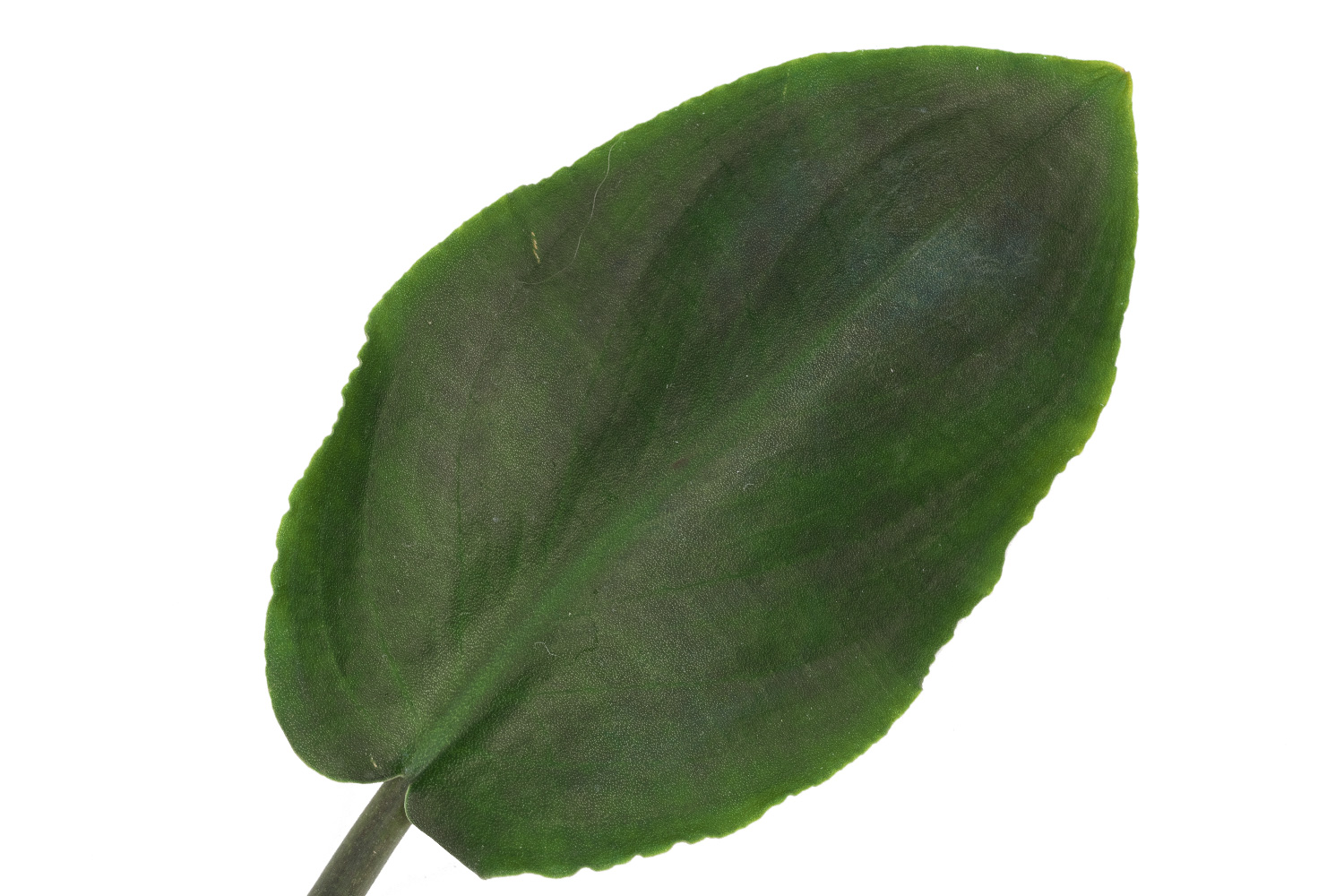
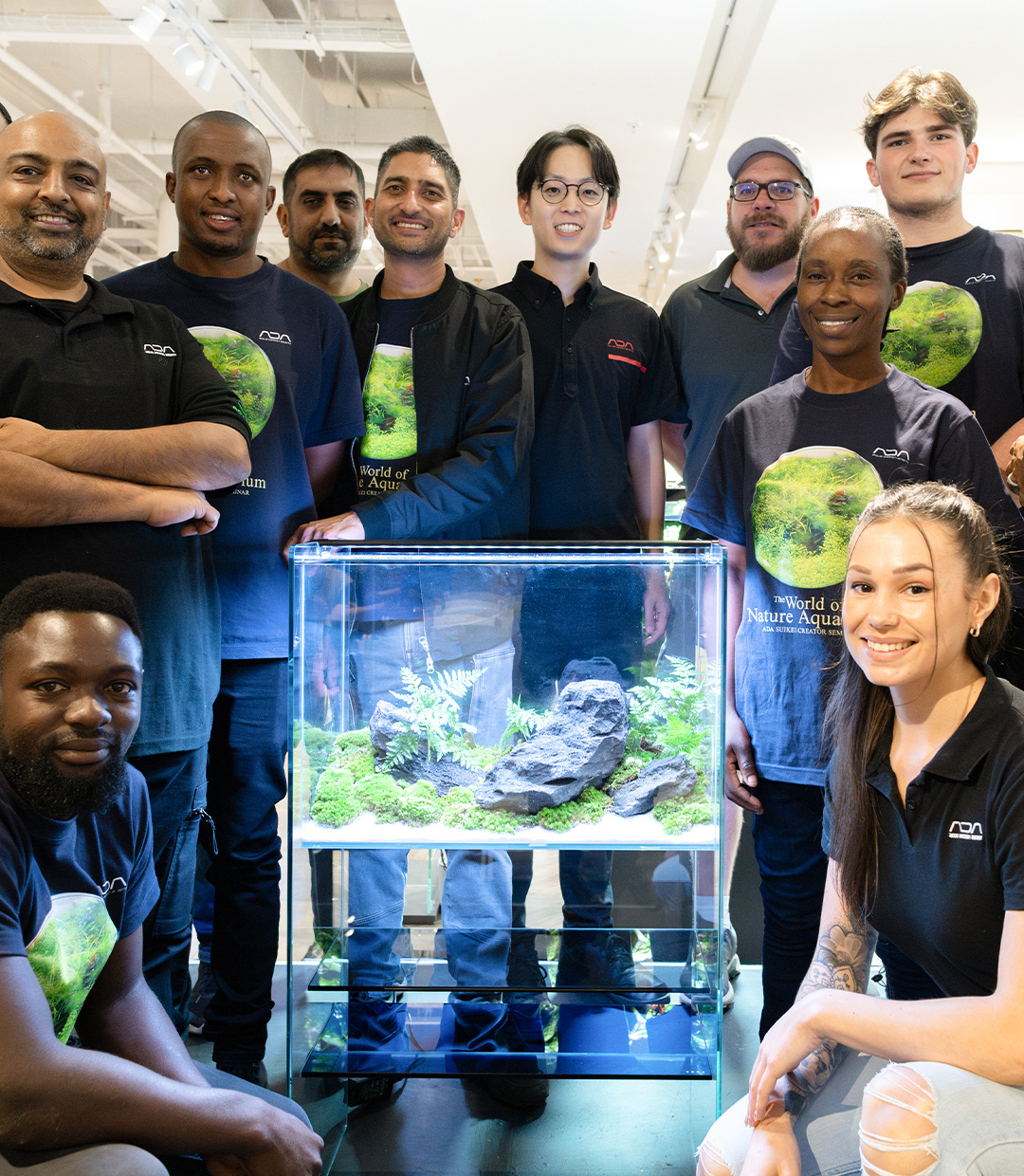
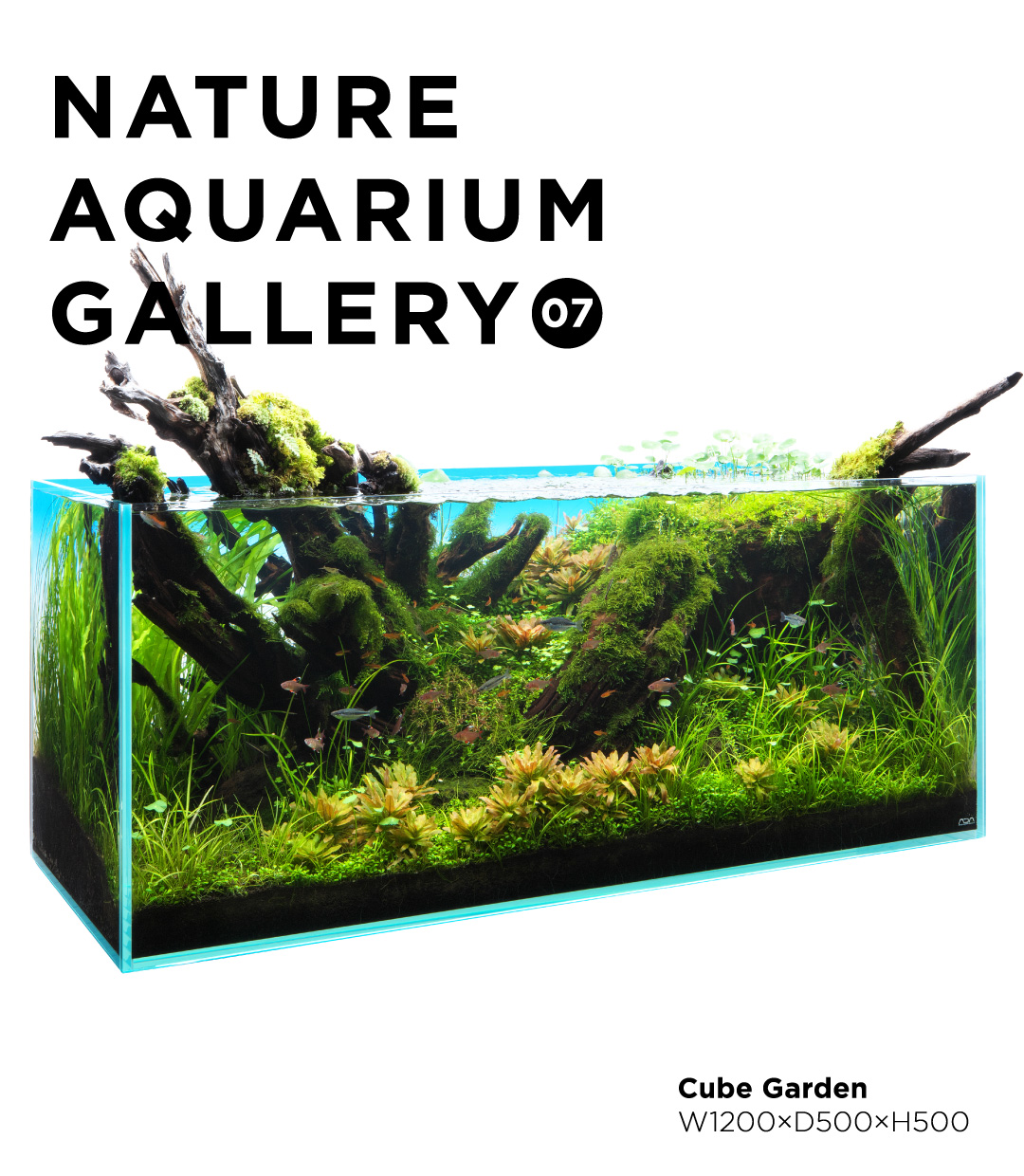
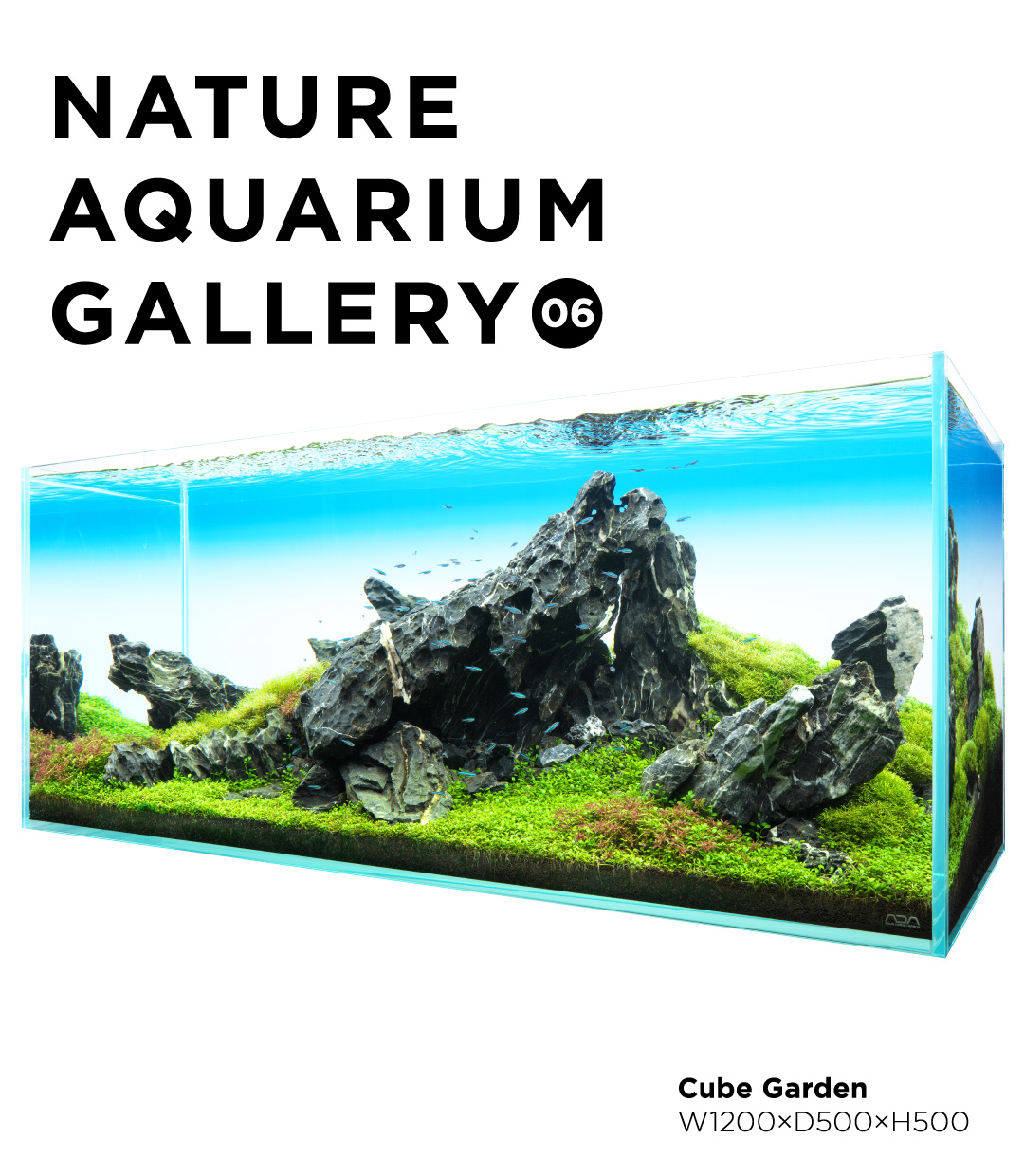
![Green Lab. #06 [ A Restful Waterside ]](https://www.adana.co.jp/wp-content/uploads/sites/3/2025/11/gl06_img_ogp.jpg)
